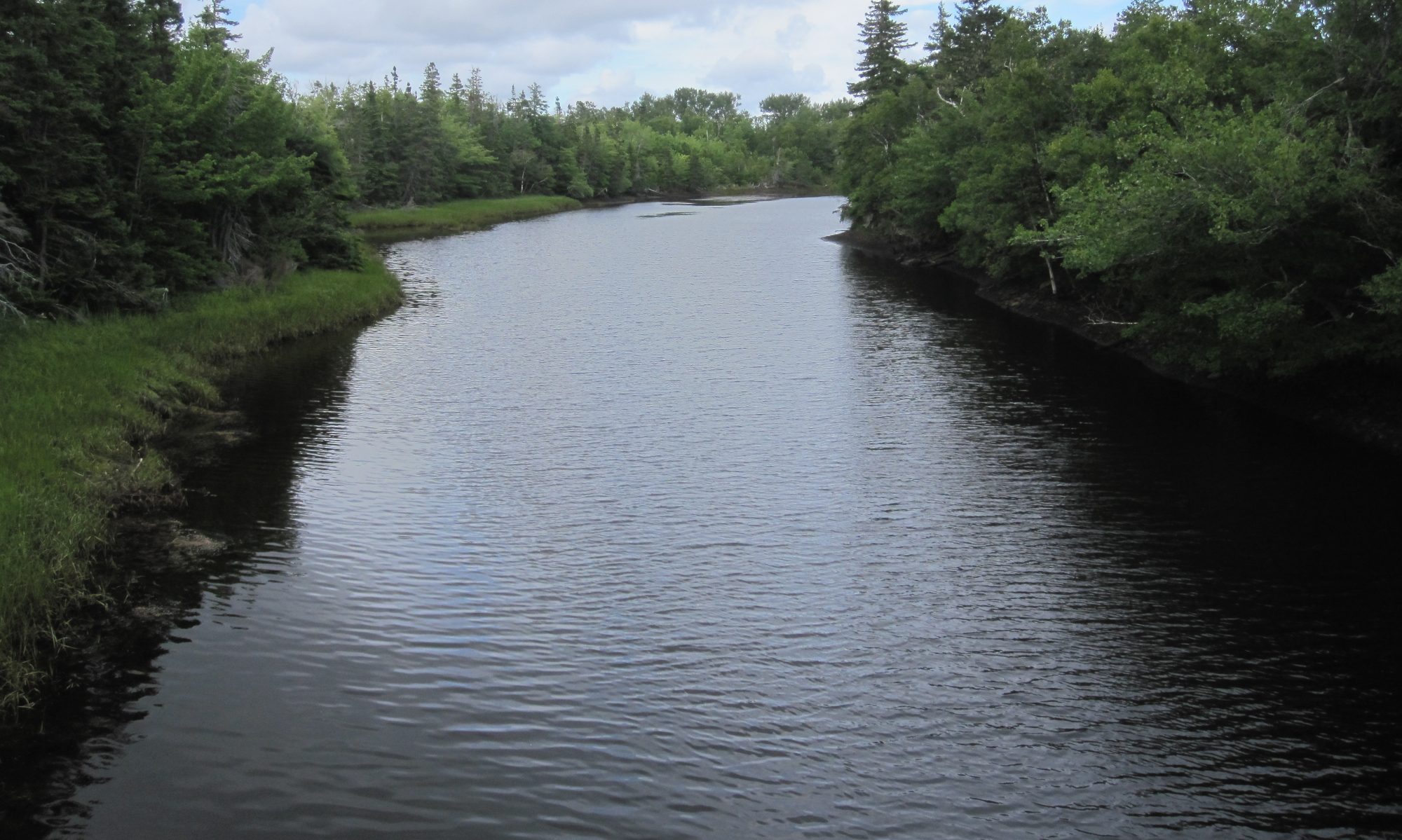Over the past few years, I have been part of many discussions about agricultural production and what to do about the challenges faced by family farmers in the developing world. In those conversations about food security, improving agricultural production and/or adapting to climate change, there seems to be an implicit (if not explicit) assumption that what is needed is new technology. This seems to ignore that fact that there are often existing practices which would result in improvements to the amount and reliability of agricultural production — practices that, for a variety of reasons, remain largely unadopted. Various soil and water conservation (S&WC) practices are a case in point. Another assumption is that production is limited by the genetic potential of the seed, when often what is really limiting for crop production (both yield and stability of the yield) is the health of the soil — one of the main components of the agro-ecosystem. Making a concerted effort to reverse the trend towards more and more degraded soils through the adoption of good S&WC practices can go a long way to improving soil fertility and water holding capacity — resulting in improved resilience, productivity and sustainability in a fairly short time.

